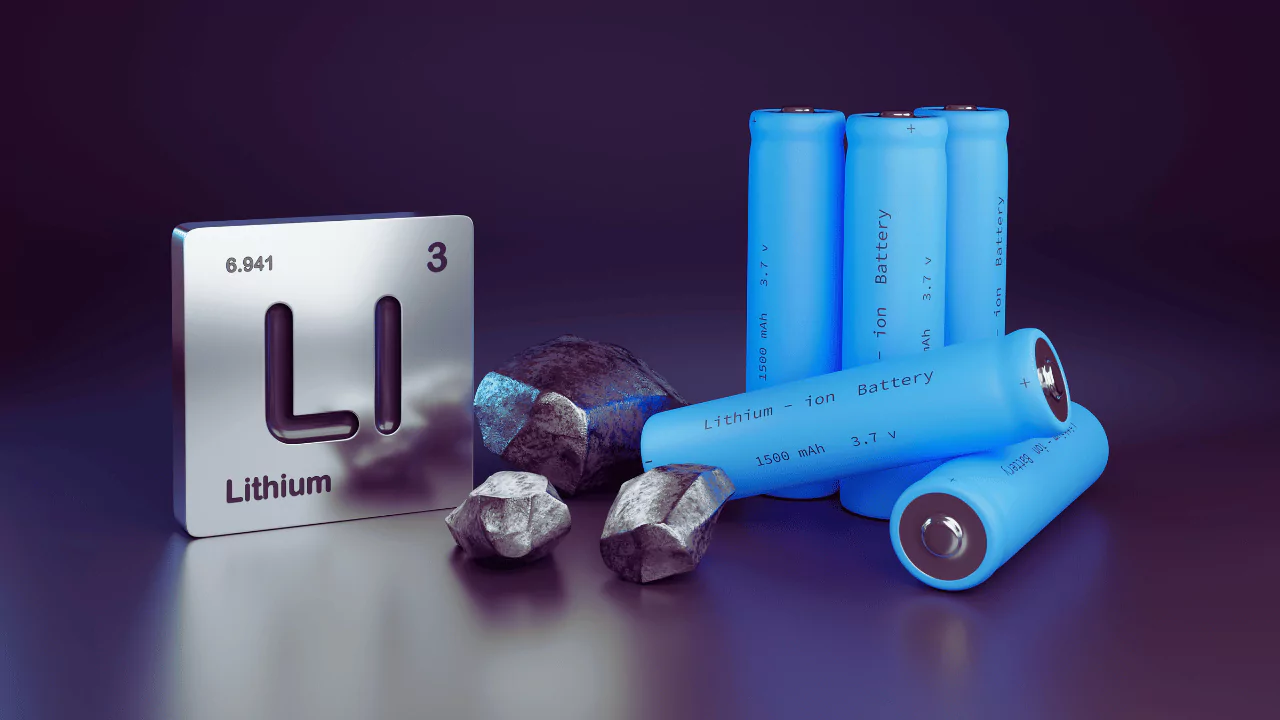Running lithium batteries for car audio involves selecting the right battery, installing it correctly, and maintaining it properly to power your audio system efficiently. Lithium batteries offer superior performance compared to traditional lead-acid batteries, providing longer lifespan, lighter weight, more power, and faster charging capabilities. This guide will walk you through the process of choosing, installing, and optimizing lithium batteries for your car audio setup.
In This Article:
Why Choose Lithium Batteries for Car Audio?
Longer Lifespan
Lithium batteries last a lot longer than regular lead-acid batteries. They often last up to 10 times longer than lead-acid batteries because they can handle more charge-discharge cycles. For people who like car music, this longer lifespan means fewer replacements and lower long-term costs.
Lighter Weight
The weight difference between lithium and lead-acid batteries is substantial. Lithium batteries can weigh up to 70% less than equivalent lead-acid batteries. This weight reduction improves fuel efficiency and vehicle handling, especially important for performance-oriented vehicles.
More Power
Lithium batteries deliver consistent power output throughout their discharge cycle. Unlike lead-acid batteries, which experience voltage drop as they discharge, lithium batteries maintain steady voltage until they are almost completely depleted. This characteristic ensures your car audio system receives consistent power, resulting in better sound quality and performance.
Faster Charging
The charging speed of lithium batteries surpasses that of lead-acid batteries. They can accept higher charging currents, allowing for quicker recharges. This rapid charging capability is particularly beneficial for car audio systems that demand high power output, as it minimizes downtime between uses.
How to Install a Lithium Battery Bank for Car Audio?
Choose the Right Battery
Selecting the appropriate lithium battery for your car audio system is crucial. Consider factors such as capacity (measured in amp-hours), voltage, and physical dimensions. Ensure the chosen battery fits your vehicle’s battery compartment and meets the power requirements of your audio system.
Connect Positive and Negative Terminals
When installing the lithium battery, start by connecting the positive terminal. Use high-quality, corrosion-resistant cables with the appropriate gauge for your system’s power requirements. Secure the connections tightly to prevent loose contacts that can lead to power loss or system malfunction.
Ground the Battery
For best efficiency and safety, proper grounding is a must. Connect the battery’s negative terminal to a metal area on the car’s chassis that is clean and not painted. For the ground link, use a short, thick cable to cut down on resistance and make sure current flows smoothly.
Recommended Lithium Batteries for Car Audio Systems
Dual Purpose Batteries
Dual purpose lithium batteries serve both starting and deep cycle functions. These batteries can provide the high current needed to start your vehicle while also supplying steady power for your audio system. Look for models from reputable brands that offer a balance of cranking amps and reserve capacity.
High Capacity Batteries
For powerful car audio setups, high capacity lithium batteries are ideal. These batteries offer large amp-hour ratings, allowing for extended playtime and support for energy-intensive audio components. Consider batteries with capacities ranging from 100Ah to 300Ah, depending on your system’s requirements.
Waterproof Options
If your vehicle is exposed to moisture or extreme weather conditions, opt for waterproof lithium batteries. These batteries feature sealed casings that protect against water ingress, ensuring reliability and longevity in challenging environments.
Tips for Maximizing Lithium Battery Performance for Car Audio
Proper Maintenance and Charging
When it comes to maintenance, lithium batteries need less care than lead-acid batteries. Regular inspections and appropriate charging procedures, however, might increase their longevity. Because lithium batteries have different charging profiles than lead-acid batteries, use a charger made especially for lithium batteries. Keep in mind that completely draining or overcharging the battery will shorten its lifespan.
Safe Handling and Storage
To prevent physical damage, handle lithium batteries with caution. It is advisable to refrain from subjecting them to extreme temperatures, as the performance and lifespan of batteries can be compromised by excessive heat. To ensure the longevity of lithium batteries, it is recommended that they be stored in a cold, dry location at approximately 40-50% charge.
Consider Additional Accessories for Optimal Performance
Invest in supplementary accessories to enhance lithium battery performance and longevity.
- To guard against short circuits, overcharging, and over-discharging, use a battery management system (BMS).
- Install a voltage display to monitor the battery’s charge level and avoid unexpected power loss during audio playback.
- Upgrade to a high-output alternator to maintain the battery’s charge, especially with power-hungry audio systems.
- Use a battery isolator for multi-battery setups to prevent the main starting battery from draining.
- Ensure proper cable management with high-quality, oxygen-free copper (OFC) cables and appropriate gauges to minimize power loss and heat generation.
- Consider adding a capacitor to address dimming lights or voltage drops during bass-heavy passages.
- Regularly inspect battery connections for corrosion or looseness, clean terminals, and tighten connections as needed.
- Monitor the vehicle’s charging system to ensure it provides adequate voltage (14.2V to 14.6V) to the lithium battery.




